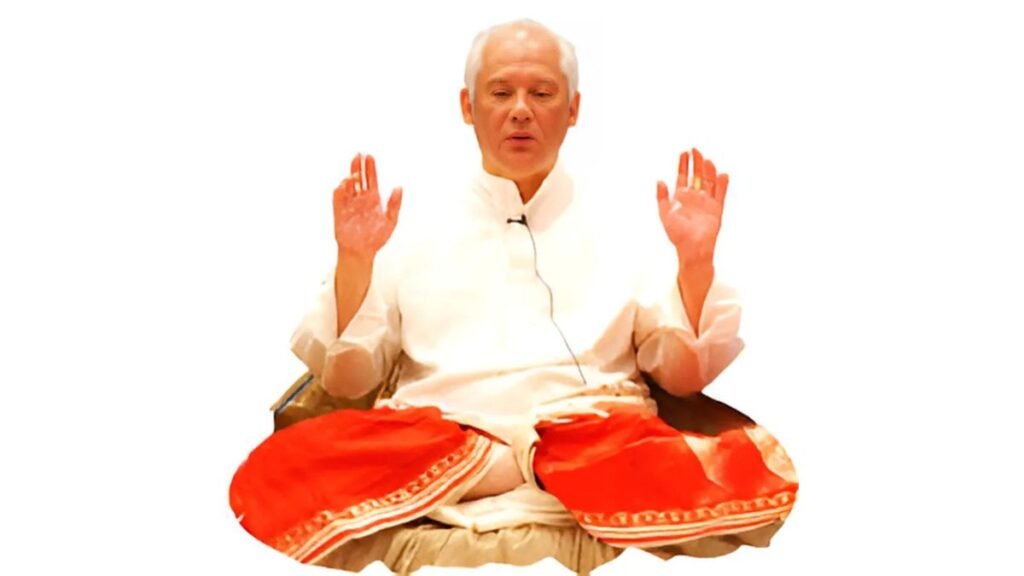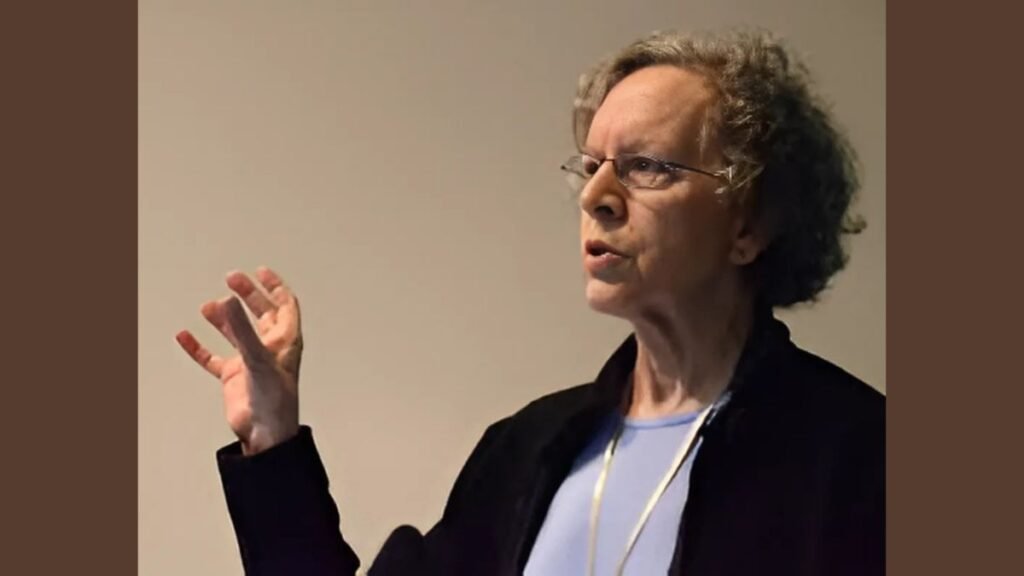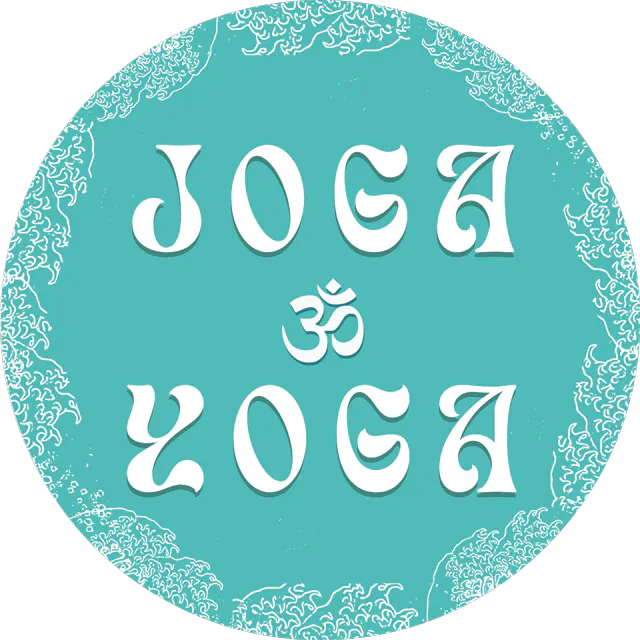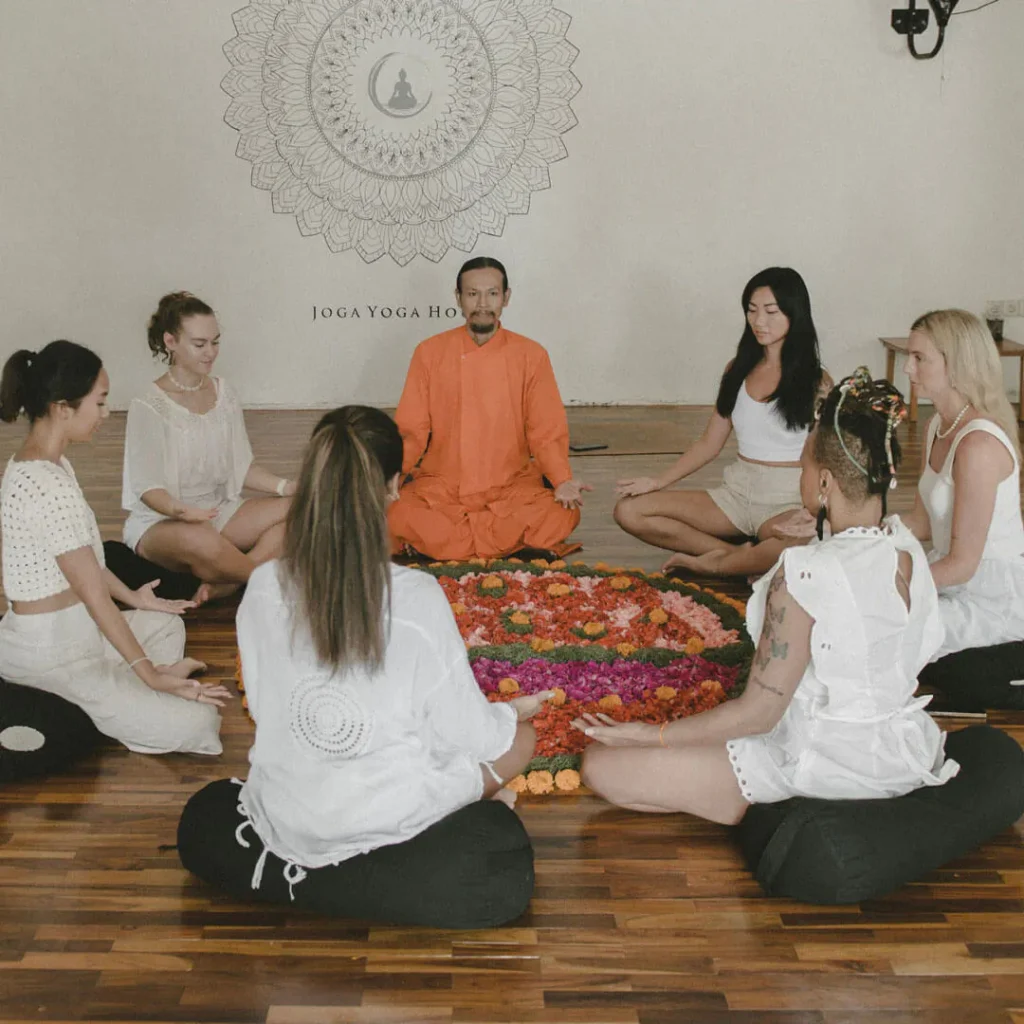What is Pranic Healing?
Pranic Healing is a form of alternative therapy that claims to use the body’s energy (referred to as “prana” or “life force”) to heal physical and emotional ailments without the need for physical contact. The practice is based on the idea that the human body has an energy field (or aura) that can become imbalanced or blocked, leading to physical and emotional health issues. Practitioners of Pranic Healing believe they can cleanse and energize this field to restore balance and promote healing.
Energy healing practices like Pranic Healing, Reiki, and Qi Gong have gained significant attention in recent years as more people seek holistic approaches to health. While some studies and anecdotal evidence suggest that these methods may offer stress relief and emotional benefits, Pranic Healing remains controversial due to limited scientific validation.
The goal of this article is to provide an unbiased, fact-based overview of Pranic Healing. We will examine its origins, techniques, and the evidence supporting or refuting its effectiveness — without promoting or dismissing the practice outright.

The History and Origins of Pranic Healing
Who Created Pranic Healing?
Pranic Healing was founded in the 1980s by Master Choa Kok Sui, a Filipino spiritual teacher and businessman. Kok Sui claimed that Pranic Healing was a structured system of energy healing that drew from ancient healing traditions in India, China, and Tibet. His work sought to systematize and simplify complex esoteric practices, making them accessible to modern practitioners.
In his book “The Ancient Science and Art of Pranic Healing” (1987), Kok Sui outlined specific methods for scanning, cleansing, and energizing the body’s energy fields to promote healing. He also established a global network of Pranic Healing centers to train practitioners and promote the method.

Inspired by Ancient Hindu and Chinese Practices
Although Pranic Healing is relatively modern, it draws heavily from ancient energy practices:
- Pranayama – A yogic breathing technique used in Hindu tradition to control the life force (prana).
- Qi Gong – A Chinese practice that involves cultivating and balancing the flow of qi (energy) through breathwork, movement, and meditation.
- Chakra healing – The concept of energy centers in the body (chakras) that originate from ancient Hindu and Buddhist traditions.
Kok Sui adapted these ancient concepts into a simplified framework, removing religious or spiritual elements to make Pranic Healing more accessible to a secular audience.
How It Differs from Traditional Energy Healing or Religious Practices
Pranic Healing separates itself from other forms of energy healing in several key ways:
- No-touch methodology – Unlike Reiki, which involves hands-on healing, Pranic Healing is performed without physical contact.
- Focus on cleansing before energizing – Pranic Healing emphasizes removing “dirty” or stagnant energy before directing fresh energy into the body.
- Systematic approach – Kok Sui’s teachings follow a structured, step-by-step process, which he presented as a science rather than a spiritual or religious practice.
Is It Traditional or New Age?
Pranic Healing occupies a middle ground between traditional and New Age practices:
- Traditional elements – It incorporates ancient concepts like prana, chakras, and meridians.
- New Age branding – Its structured system, focus on commercialization (certifications, training courses), and Western-friendly approach align it more closely with New Age movements.
“Pranic Healing borrows heavily from Hindu and Buddhist traditions, but it’s packaged in a modern, secular way that feels very New Age.”
Skeptics often criticize Pranic Healing for its commercialization and the lack of peer-reviewed research supporting its claims. However, many practitioners and clients report personal benefits, particularly in stress reduction and emotional balance.
Comparison to Reiki and Similar Practices
Pranic Healing and Reiki share similar foundations but differ in methodology:
| Feature | Pranic Healing | Reiki |
| Founded | 1980s by Choa Kok Sui | Early 20th century by Mikao Usui |
| Technique | No-touch; cleansing and energizing | Hands-on energy transfer |
| Energy Source | Life force (prana) drawn from the environment | Universal life energy (ki) directed through the practitioner |
| Focus | Removing negative energy before energizing | Direct channeling of positive energy |
| Commercialization | Training and certification programs available worldwide | Certifications available but less structured |
“Reiki and Pranic Healing are very similar in their principles, but Pranic Healing feels more clinical and less spiritual.”
How Pranic Healing Works
Pranic Healing is based on the idea that the human body has an energy field that can become imbalanced or blocked due to stress, trauma, or illness. By manipulating this energy field, practitioners believe they can promote physical and emotional healing. The practice focuses on cleansing negative or stagnant energy and replenishing the body with fresh prana (life force).
Concept of “Prana” (Life Force) and Energy Manipulation
The word “prana” comes from Sanskrit and translates to “life force” or “vital energy.” In Hinduism and other Eastern traditions, prana is considered the energy that animates all living things. Similar concepts exist in other cultures, such as:
- Qi (Chi) – In Traditional Chinese Medicine, it’s the energy that flows through the body’s meridians.
- Ki – In Japanese culture, used in practices like Reiki.
- Mana – In Polynesian culture, referring to the spiritual energy or power present in objects and people.
Pranic Healing is founded on the belief that the body is capable of healing itself when energy flow is balanced. Practitioners claim that illnesses or emotional distress stem from imbalances or blockages in the energy field. Pranic Healing aims to correct these imbalances by removing negative energy and restoring fresh prana to the affected areas.
No-Touch Healing Technique
Pranic Healing is unique because it involves no physical contact. Practitioners work directly with the body’s energy field rather than the physical body itself. The process generally follows three main steps:
- Scanning – Identifying Energy Imbalances
- The practitioner “scans” the energy field with their hands to detect areas of congestion or depletion in the aura.
- Imbalances may feel like warmth, coldness, tingling, or a dense sensation in the hands.
- The goal is to diagnose where the energy flow is disturbed.
- The practitioner “scans” the energy field with their hands to detect areas of congestion or depletion in the aura.
- Cleansing – Removing Stagnant or Negative Energy
- Once an imbalance is identified, the practitioner “cleanses” the affected area by sweeping their hands over the body to remove the stagnant or negative energy.
- Cleansing is considered essential before energizing, as adding fresh energy to a blocked field is believed to worsen the condition.
- The removed energy is often “discarded” into a bowl of saltwater or mentally visualized as being released.
- Once an imbalance is identified, the practitioner “cleanses” the affected area by sweeping their hands over the body to remove the stagnant or negative energy.
- Energizing – Directing Prana to Areas that Need Healing
- After cleansing, the practitioner channels fresh prana into the affected area using specific hand movements.
- The fresh energy is intended to revitalize the body and accelerate the natural healing process.
- Some practitioners claim to draw energy from the earth, sun, or air, while others focus on spiritual energy sources.
- After cleansing, the practitioner channels fresh prana into the affected area using specific hand movements.
Use of Chakras and Energy Fields
Chakras (energy centers) are central to Pranic Healing. The human body is believed to have 11 major chakras (compared to the seven chakras in traditional Hindu teachings):
- Crown Chakra – Spiritual connection and enlightenment.
- Ajna Chakra (Third Eye) – Intuition and mental clarity.
- Throat Chakra – Communication and self-expression.
- Heart Chakra – Love and emotional balance.
- Solar Plexus Chakra – Personal power and digestion.
- Navel Chakra – Vitality and physical energy.
- Sex Chakra – Creativity and sexual energy.
- Basic Chakra (Root) – Grounding and survival instincts.
- Spleen Chakra – Immune system and vitality.
- Forehead Chakra – Intuition and perception.
- Meng Mein Chakra – Energy regulation and back strength.
Pranic Healing focuses on diagnosing which chakras are underactive or overactive and restoring balance through cleansing and energizing.
Explanation of Different Levels of Training
Pranic Healing is taught in structured levels, with each level building on the previous one:
- Basic Pranic Healing
- Focuses on fundamental techniques such as energy scanning, cleansing, and energizing.
- Teaches how to work with the major chakras and balance energy flow.
- Practical applications include treating minor injuries, stress, and general fatigue.
- Focuses on fundamental techniques such as energy scanning, cleansing, and energizing.
- Advanced Pranic Healing
- Introduces the use of color pranas (different energy frequencies associated with specific healing properties).
- More complex techniques for addressing chronic and severe conditions.
- Requires a deeper understanding of chakras and energy fields.
- Introduces the use of color pranas (different energy frequencies associated with specific healing properties).
- Pranic Psychotherapy
- Focuses on emotional and psychological healing.
- Techniques include removing “negative thought forms” and emotional blockages.
- Used for treating anxiety, depression, phobias, and trauma.
- Focuses on emotional and psychological healing.
- Pranic Crystal Healing
- Involves using crystals to enhance the healing process.
- Practitioners are taught how to cleanse, program, and use crystals to amplify energy.
- Involves using crystals to enhance the healing process.
- Arhatic Yoga
- A spiritual development practice taught to advanced practitioners.
- Includes meditation, ethical practices, and higher levels of energy work.
- A spiritual development practice taught to advanced practitioners.

Claimed Benefits of Pranic Healing
Supporters of Pranic Healing attribute a wide range of physical, emotional, and spiritual benefits to the practice. While scientific validation is limited, there are many anecdotal reports of positive outcomes.
Accelerated Healing of Physical Injuries and Ailments
Pranic Healing is often used to treat physical issues such as:
- Muscle pain and joint issues
- Headaches and migraines
- Digestive issues
- Respiratory problems
- High blood pressure
Anecdotal evidence from practitioners suggests that energy cleansing and energizing techniques can speed up recovery from injuries and reduce inflammation.
Emotional Clarity and Stress Relief
Pranic Healing is said to help remove emotional blockages and calm the mind. The process of cleansing and energizing the chakras associated with emotions (Heart, Solar Plexus) can lead to:
- Reduced stress and anxiety
- Increased emotional stability
- Greater sense of inner peace
Improved Energy Levels and Sleep Quality
Balancing the body’s energy field is believed to improve overall vitality and restfulness:
- Better quality of sleep
- Increased stamina and reduced fatigue
- Enhanced mental clarity
Enhanced Mental Health (Anxiety, Depression, Trauma)
Pranic Psychotherapy techniques aim to remove negative energy patterns linked to mental health issues:
- Anxiety and panic attacks
- Depression and low mood
- Post-traumatic stress disorder (PTSD)
Spiritual Growth and Increased Awareness
Advanced levels of Pranic Healing involve spiritual development through practices like Arhatic Yoga. Reported benefits include:
- Increased intuition
- Heightened sense of connection with the universe
- Greater emotional resilience
Scientific evidence remains mixed. Pranic Healing is classified as a complementary therapy rather than a primary treatment for medical issues. However, many individuals have found it beneficial for managing stress, enhancing emotional balance, and supporting physical recovery.
Scientific Evidence and Skepticism
Pranic Healing has gained a significant following in the alternative medicine community, but its scientific credibility remains a subject of debate. While some studies suggest that Pranic Healing may offer benefits for stress reduction and emotional well-being, the lack of rigorous scientific evidence and standardized methodologies makes it difficult to draw definitive conclusions.
Studies Supporting Pranic Healing
Although scientific research on Pranic Healing is limited, a few studies have reported positive outcomes:
- Vyas et al. (2023) – A study published in the Journal of Complementary and Integrative Medicine reported that approximately 70% of participants who underwent Pranic Healing treatments experienced significant improvements in their physical and emotional health. The study highlighted benefits in stress reduction, pain relief, and enhanced emotional clarity.
- Aherne et al. (2021) – A study published in the Journal of Holistic Health found that participants reported a 30% reduction in stress levels after Pranic Healing sessions. The researchers noted that relaxation and improved emotional balance were the primary outcomes.
- Cassara et al. (2021) – A systematic review in Pain Management reported that energy-based therapies, including Pranic Healing, contributed to a 35% reduction in pain scores among patients with chronic conditions.
These studies suggest that Pranic Healing may provide real benefits in certain areas, such as pain management and emotional balance. However, they face criticism for small sample sizes, lack of control groups, and potential placebo effects.
Lack of Scientific Consensus and Empirical Evidence
Despite the positive findings from some studies, the broader scientific and medical communities remain skeptical of Pranic Healing for several reasons:
- Inconsistent Results – Studies on Pranic Healing often show mixed outcomes, with some participants reporting no noticeable improvements.
- Small Sample Sizes – Many studies lack large, diverse sample groups, limiting the ability to generalize findings.
- Non-Standardized Methods – Pranic Healing techniques vary from practitioner to practitioner, making it difficult to measure consistent outcomes.
- Subjectivity in Outcomes – Improvements reported in studies often rely on self-reported measures of pain and emotional well-being, which are highly subjective and susceptible to bias.
Placebo Effect and Possible Psychological Explanations
One of the most widely accepted scientific explanations for the perceived benefits of Pranic Healing is the placebo effect — the idea that people feel better simply because they believe they are receiving effective treatment.
- Relaxation Response – The calming nature of Pranic Healing sessions (controlled breathing, meditation, and focus) could trigger a relaxation response, leading to lower stress and improved mood.
- Attention and Care – Being cared for and having someone focus on you during a session may create a psychological sense of comfort, which could contribute to healing.
- Mind-Body Connection – Modern psychology recognizes that the mind and body are closely connected; improved emotional states can positively affect physical health.
A review published in The Lancet (2020) noted that many alternative therapies, including Reiki and Pranic Healing, appear to work through the placebo effect and psychological comfort rather than direct physiological changes.
Skepticism from the Medical and Scientific Community
Many medical professionals remain unconvinced about Pranic Healing’s effectiveness due to the lack of scientific rigor in supporting studies.
- The American Medical Association (AMA) and National Health Service (NHS) classify Pranic Healing as a complementary therapy rather than a legitimate medical treatment.
- There are no recognized medical organizations that endorse Pranic Healing as a proven treatment for any physical or mental health condition.
- Critics argue that the practice’s reliance on concepts like “energy fields” and “auras” lacks a basis in established biological or physiological science.
Dr. Steven Novella, a neurologist at Yale University and editor of Science-Based Medicine, has described Pranic Healing as:
“An elaborate ritual rooted in metaphysical beliefs rather than scientific evidence. The perceived benefits likely stem from relaxation, placebo response, and psychological reassurance.”
Dr. Steven Novella
Kirlian Photography and Claims about the “Aura”
One of the foundational claims of Pranic Healing is the ability to sense and manipulate the body’s energy field or “aura.” Practitioners often cite Kirlian photography as evidence that the aura exists.
- Kirlian photography captures electrical discharges around objects and living beings, which some claim represent the human energy field.
- However, scientists attribute these discharges to coronal discharge — a natural electrical phenomenon — rather than evidence of an aura or energy body.
- No scientific evidence has confirmed that the energy captured in Kirlian photography reflects emotional or physical health.
A study by Krippner et al. (2022) concluded that:
“The patterns seen in Kirlian photography are consistent with moisture content, pressure, and temperature rather than metaphysical energy fields.”

Pranic Healing vs. Other Energy Healing Techniques
Pranic Healing is often compared to other forms of energy healing, including Reiki, Qi Gong, and Acupuncture. While these practices share similarities in their focus on manipulating energy fields, they differ in their methods, philosophies, and levels of scientific acceptance.
Comparison with Reiki, Qi Gong, and Acupuncture
| Technique | Origin | Method | Focus | Scientific Evidence |
| Pranic Healing | Philippines (1980s) | No-touch; cleansing and energizing | Removing negative energy and revitalizing body with fresh prana | Limited evidence; small-scale studies show stress reduction |
| Reiki | Japan (1920s) | Hands-on; energy channeled through palms | Restoring body’s natural energy flow | Moderate evidence for stress relief and relaxation |
| Qi Gong | China (circa 4th century BCE) | Movement, breathing, and meditation | Balancing qi (life force) through body movements | Mixed evidence; some studies support benefits for stress and balance |
| Acupuncture | China (circa 100 BCE) | Insertion of needles into meridians | Restoring energy flow through meridians | Strong evidence for pain relief and stress reduction |
How Pranic Healing Is Positioned Differently
Pranic Healing distinguishes itself through its emphasis on energy cleansing and directing prana into affected areas. While Reiki and Qi Gong focus primarily on balancing existing energy, Pranic Healing actively seeks to remove stagnant or negative energy before introducing fresh prana.
- Reiki – Practitioners act as a channel for universal energy to flow through them into the patient.
- Qi Gong – The focus is on cultivating and circulating qi within the body through specific movements and breathing exercises.
- Acupuncture – Based on the theory of qi and meridians; needles are inserted to balance energy flow.
- Pranic Healing – Focused on the dual process of cleansing and energizing — removing “dirty” energy before replenishing the body with fresh prana.
Differences in Scientific Acceptance and Practitioner Training
- Reiki – Some hospitals and clinics now offer Reiki as a complementary therapy, primarily for pain and stress relief.
- Qi Gong – The National Center for Complementary and Integrative Health (NCCIH) recognizes Qi Gong as a form of exercise and relaxation.
- Acupuncture – Backed by thousands of studies and endorsed by the World Health Organization (WHO) for pain management and stress relief.
- Pranic Healing – Still considered controversial due to a lack of large-scale scientific studies and limited empirical evidence.
Skeptical Viewpoint
Critics argue that Pranic Healing’s lack of touch and reliance on invisible energy fields make it more susceptible to the placebo effect compared to other energy-based therapies like acupuncture, where physical mechanisms (e.g., needle insertion) may trigger neurological responses.
Dr. Harriet Hall, a physician and skeptic of alternative medicine, stated:
“Without measurable physiological changes or consistent scientific evidence, Pranic Healing remains more of a spiritual or psychological practice than a medical one.”
Dr. Harriet Hall

Despite these challenges, Pranic Healing continues to attract followers, particularly in holistic wellness communities.
Potential Risks and Ethical Considerations
While Pranic Healing is often marketed as a safe, non-invasive therapy, there are potential risks and ethical concerns that individuals should be aware of before engaging with a practitioner or training program.
Not a Replacement for Medical Treatment
One of the most significant concerns with Pranic Healing (and other alternative therapies) is the belief that it can replace conventional medical treatment.
- Pranic Healing is frequently described as a complementary therapy rather than a standalone treatment for serious physical or mental health issues.
- Practitioners are generally advised not to discourage patients from seeking medical care. However, some individuals may misinterpret the potential benefits of Pranic Healing as a reason to delay or avoid medical treatment altogether.
- The World Health Organization (WHO) and American Medical Association (AMA) have both warned against relying on unproven alternative therapies in place of evidence-based medical care.
For example, a case study published in the Journal of Integrative Medicine (2021) described a cancer patient who pursued Pranic Healing exclusively, rejecting conventional chemotherapy, which ultimately worsened the progression of the disease.
Financial Costs – High Workshop and Practitioner Fees
Although some introductory Pranic Healing sessions and group meditations are offered for free, formal training and private healing sessions can be expensive:
- Basic Pranic Healing courses typically cost between $300–$500 for a single weekend.
- Advanced Pranic Healing and Pranic Psychotherapy courses can range from $800–$1,500 depending on the location and instructor.
- Private healing sessions may cost between $50–$150 per session, with some practitioners charging significantly more for “master-level” healings.
The high costs associated with Pranic Healing have drawn criticism, particularly from skeptics who argue that the practice exploits vulnerable individuals seeking relief from chronic pain or emotional distress.
Additionally, there’s an ongoing debate about whether Pranic Healing centers are structured more like spiritual organizations or for-profit businesses.
Psychological Dependency on Practitioners
Another ethical concern is the potential for patients to develop psychological dependency on Pranic Healing or specific practitioners:
- Some individuals may become reliant on Pranic Healing for emotional or physical support, neglecting other aspects of self-care or medical advice.
- Practitioners who position themselves as spiritual authorities or “masters” may unintentionally foster unhealthy dependency among clients.
- A report from the American Psychological Association (APA) highlighted that over-reliance on alternative therapies could increase the risk of depression and anxiety when the therapy inevitably fails to produce desired results.
In some cases, individuals have reported feelings of guilt or personal failure when Pranic Healing does not provide the expected results — reinforcing emotional dependence on the healer.
Lack of Regulation and Potential for Fraudulent Claims
Pranic Healing operates in a largely unregulated space, raising concerns about the legitimacy and ethical standards of some practitioners:
- There is no universally recognized licensing body for Pranic Healing.
- Anyone can technically claim to be a Pranic Healer, which opens the door for unethical or untrained individuals to exploit clients.
- Fraudulent claims, such as guaranteeing recovery from chronic diseases or promising spiritual enlightenment, have been reported in some Pranic Healing communities.
The Federal Trade Commission (FTC) has issued warnings against false health claims made by alternative health practitioners, including energy healers. Without clear regulations or oversight, consumers are left to evaluate the credibility of individual practitioners independently.
Should You Try Pranic Healing?
Given the mixed evidence and potential for psychological or financial risks, is Pranic Healing worth trying? The answer depends largely on individual expectations and the reasons for seeking treatment.
Who Might Benefit from Pranic Healing?
Pranic Healing may be helpful for individuals seeking support with:
- Stress management – The calming nature of Pranic Healing sessions can reduce stress and promote relaxation.
- Emotional balance – Some participants report greater emotional clarity and reduced symptoms of anxiety and depression after consistent sessions.
- Pain relief – Mild to moderate chronic pain may respond to the relaxation and energy-balancing techniques used in Pranic Healing.
- Personal growth – Pranic Healing’s spiritual framework may provide a sense of purpose and alignment for some individuals.
The Importance of Managing Expectations
It’s important to approach Pranic Healing with a realistic mindset:
- Do not expect instant or miraculous results – While some participants report feeling immediate relief, most benefits (if any) are gradual.
- Understand the limitations – Pranic Healing may complement but not replace conventional medical treatments.
- Emotional well-being over physical cure – Many reported benefits of Pranic Healing are related to stress relief and emotional balance rather than direct physical healing.
Advice on Finding a Qualified Practitioner
If you decide to explore Pranic Healing, it’s essential to find a reputable and experienced practitioner:
✅ Research the practitioner’s background – Look for certifications from recognized Pranic Healing organizations (e.g., Institute for Inner Studies).
✅ Read reviews and testimonials – Look for authentic reviews from previous clients rather than promotional content.
✅ Avoid exaggerated claims – If a practitioner promises miraculous or guaranteed cures, be skeptical.
✅ Start with a trial session – Most reputable healers will offer an introductory session or consultation at a reduced cost.
✅ Trust your instincts – If something feels off or manipulative, walk away.
Conclusion and Final Thoughts
Pranic Healing occupies an interesting space in the world of alternative medicine — blending ancient Eastern philosophies with modern energy healing techniques. While it lacks strong scientific backing, the practice has gained a loyal following among individuals seeking emotional clarity, stress relief, and enhanced spiritual awareness.
Summary of Key Points
- Pranic Healing was formalized in the 1980s by Master Choa Kok Sui, though it draws from older Hindu and Chinese traditions.
- The practice involves scanning, cleansing, and energizing the body’s energy fields to remove blockages and restore balance.
- Some studies have reported benefits for stress reduction, emotional clarity, and pain relief, but scientific consensus remains weak.
- Pranic Healing should be viewed as a complementary therapy — not a replacement for medical treatment.
- The practice is largely unregulated, leading to potential risks around financial exploitation and psychological dependency.

Encouragement to Approach with an Open but Critical Mind
Pranic Healing remains controversial because it operates on metaphysical principles that are difficult to validate using conventional scientific methods. However, many people find comfort and relief through Pranic Healing — even if those benefits stem from relaxation or placebo effects rather than measurable physiological changes. If you’re considering trying Pranic Healing, approach it with an open but critical mind. Look for a reputable practitioner, manage your expectations, and remember that true healing often requires a combination of physical, emotional, and medical support.






